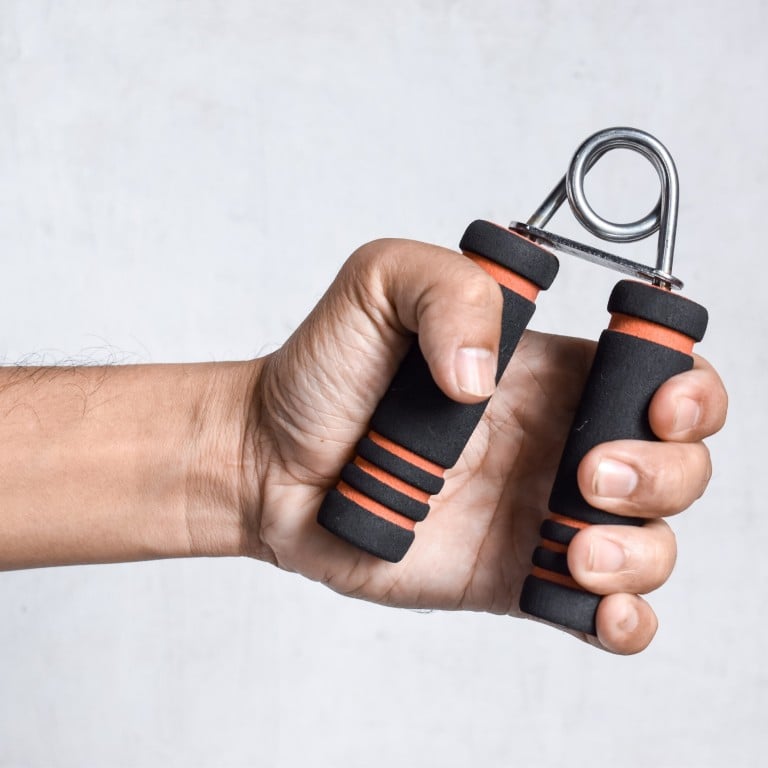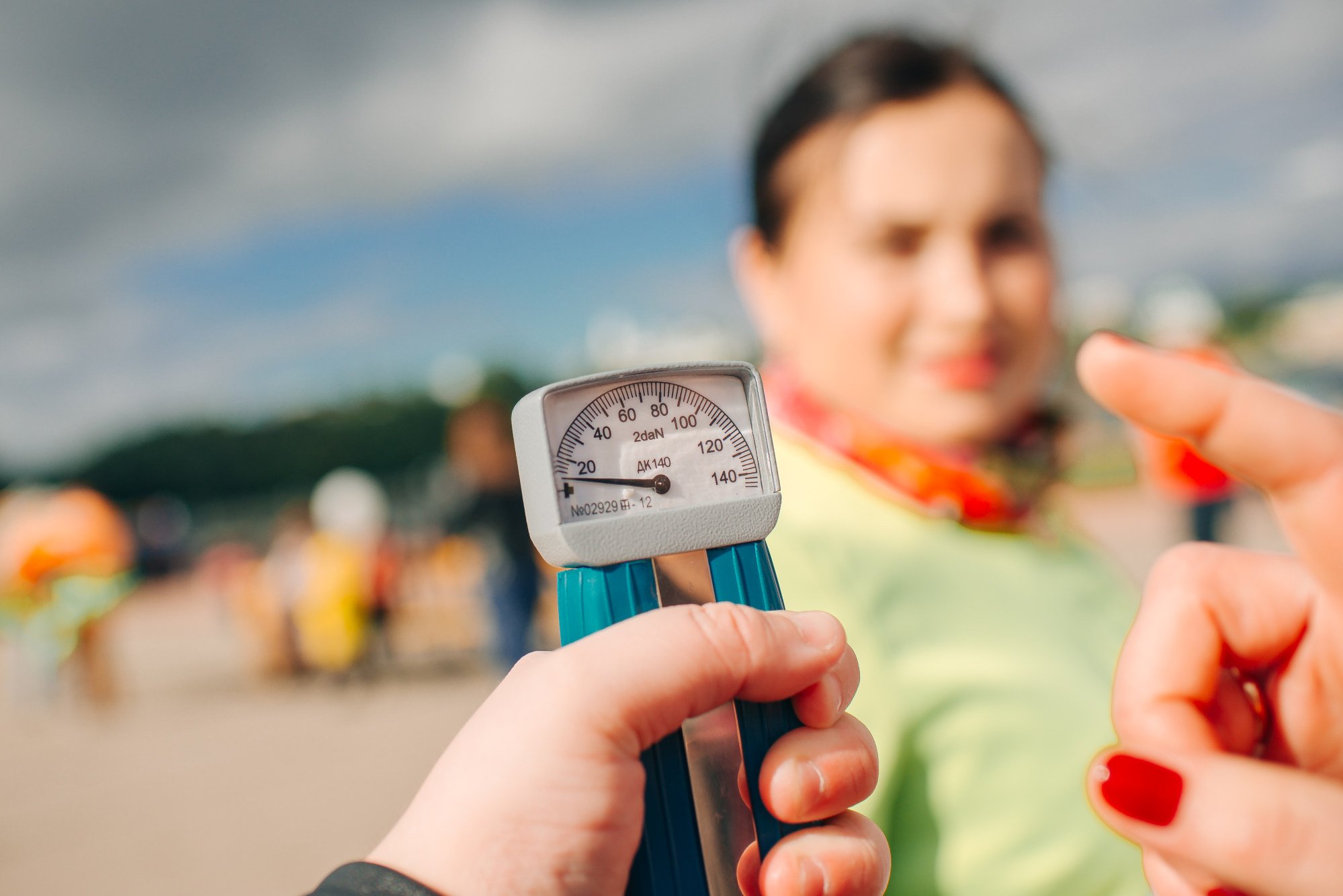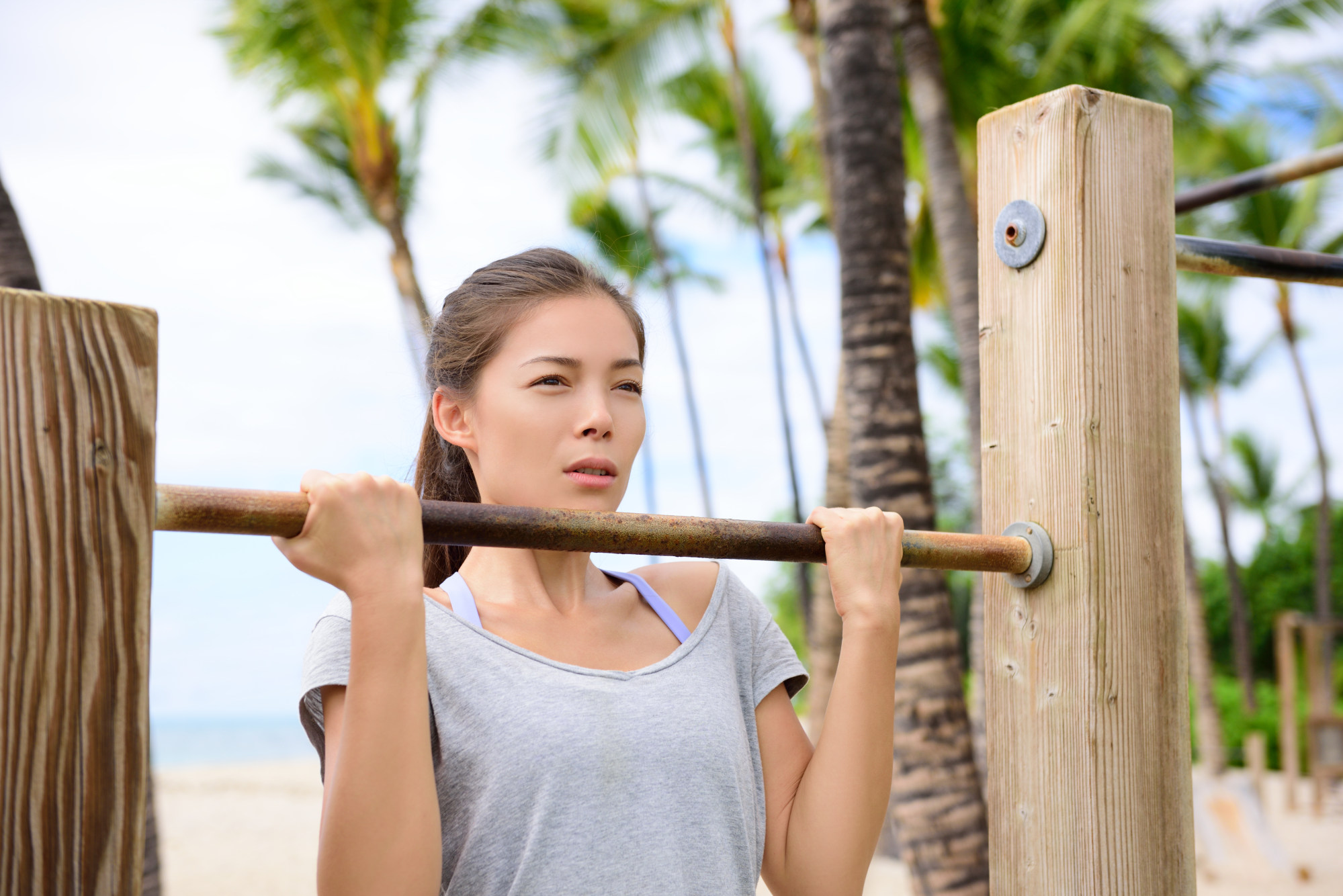
Why grip strength is a key health indicator – it’s a measure of overall strength and a marker for your risk of depression and death from heart attack or stroke
- Why does a strong grip matter? It means you will age at a slower rate and it’s an indication of overall strength
- Conversely, a weak grip correlates with a higher risk of dying from a heart attack or stroke and having depression. A doctor offers four ways to boost your grip
But a new study adds to the existing available research that doctors should also be assessing their patient’s grip strength.
Read on to learn more about this important but lesser-known indicator of your overall health.
What is grip strength?

At the biomechanical level, grip strength is generated by the forearm muscles. It measures how firmly and with how much stability you can grip heavy items.
We rely on our grip strength, from carrying groceries to opening a jar or lifting a heavy pan off the stove.
For healthy ageing keep moving, stay busy and socially engaged, say experts
Grip strength is also an excellent measure of a person’s overall muscular strength. It is measured with a hand dynamometer – a device which measures the force used to squeeze two handles together.
Researchers found that the grip strength older adults needed to manage heavy tasks were at least 18.5kg for women and 28.5kg for men.
Research links weak grip to disease
A multi-country study of around 140,000 adults between 35 and 70 years old found those with an 11-pound (5kg) decline in grip strength had a 17 per cent higher chance of dying from a heart attack or stroke across a four-year period.

Grip strength has also been found to correlate to mental health. A study of 27,000 adults over 60 years in India showed a link between low grip strength and depression.

New data on grip strength and your health

How to boost your grip strength
Any kind of strength training that involves pushing or pulling dumbbells, barbells or cables will increase your grip strength. Body weight training works, too, if you prefer to work out at home.
Here are four of the writer’s favourite exercises:
1. Farmer’s carry (or “Farmer’s walk”): grab a pair of dumbbells at the gym – or buckets with handles at home – and, with your shoulders down, chest out and with a straight back, walk slowly and carefully along a straight line and back.

2. Chin-up holds: stand on a box or bench at the top of the chin-up position. Hold yourself at the top for five to 10 seconds. Slowly progress to adding in holds at the 90-degree angle and then using a dead-hang, where your arms are nearly straight.
3. Finger rolls: grab a light dumbbell at the gym or similar object at home. Slow roll the dumbbell from the tips of the fingers to your hand and squeeze.
4. Stress ball: while watching TV or at work, take a stress ball (or tennis ball) and squeeze with the whole hand for five to 10 pulses, then squeeze with just the thumb and index finger, then squeeze with the thumb and each other finger individually.
Dr Michael Daignault is an accident and emergency doctor in Los Angeles, California, and a former US Peace Corps Volunteer.
